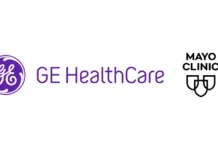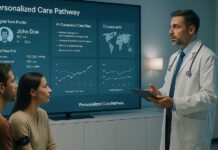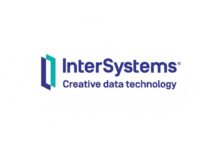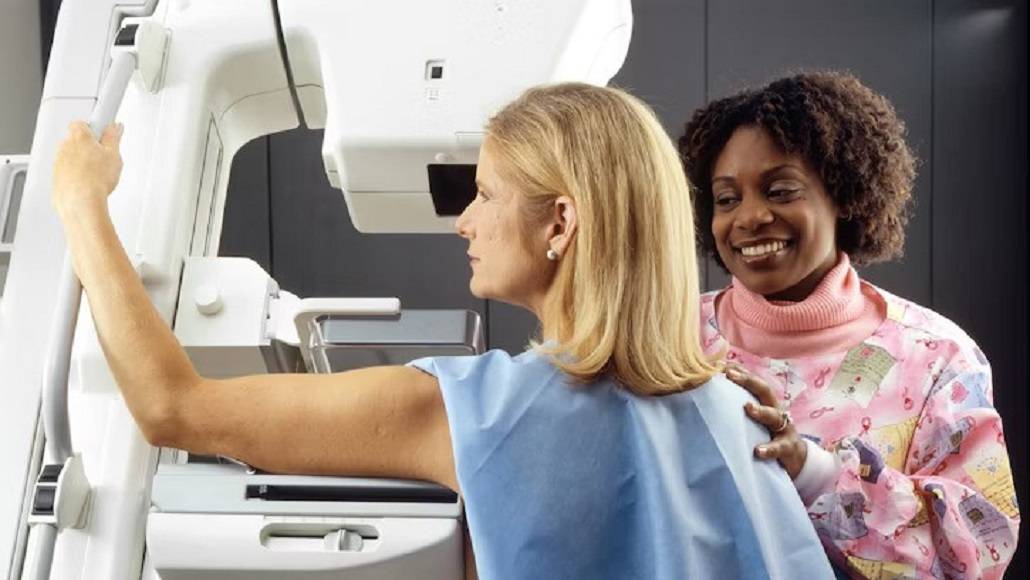AI-Powered Diagnostics to Image-Guided Therapy: Transforming Modern Healthcare
The convergence of AI-powered medical imaging is revolutionising healthcare delivery, reshaping how diseases are diagnosed, treated, and managed. From early disease detection through AI-powered diagnostics to precision interventions enabled by image-guided therapy, this technological evolution is enhancing patient outcomes and healthcare efficiency. Leaders from pioneering companies like Siemens Healthineers and Philips highlight the immense promise of these advancements.
The Rise of AI in Medical Diagnostics
AI in healthcare diagnostics has transitioned from a nascent concept to an indispensable tool for clinicians worldwide. Traditionally, radiologists manually reviewed X-rays, MRI scans, and CT images, a process limited by human observation and time constraints Solutions like Studycast now enable secure cloud-based sharing and collaborative interpretation of medical imaging, helping clinicians accelerate workflows and make faster, more accurate decisions. AI-powered diagnostics harness advanced machine learning and deep learning algorithms to analyse imaging data rapidly and with remarkable accuracy. These technologies detect subtle patterns and abnormalities invisible to the human eye, enabling earlier and more precise disease detection.
 Kalavathi G V of Siemens Healthineers affirmed this trend, stating, “AI-powered diagnostics are enabling earlier and more accurate detection of health conditions.” This early detection capability is critical for diseases like cancer, cardiovascular conditions, and neurological disorders, where timely diagnosis can dramatically improve survival rates and quality of life.
Kalavathi G V of Siemens Healthineers affirmed this trend, stating, “AI-powered diagnostics are enabling earlier and more accurate detection of health conditions.” This early detection capability is critical for diseases like cancer, cardiovascular conditions, and neurological disorders, where timely diagnosis can dramatically improve survival rates and quality of life.
Today, AI is embedded in a variety of imaging modalities, including MRI, CT, ultrasound, and digital pathology, automating routine image analyses and flagging suspicious findings for further review. These improvements reduce diagnostic errors, accelerate workflows, and democratise access to high-quality diagnostics, especially in rural areas with limited specialist availability.
Bridging Diagnostics and Therapy with Image-Guided Solutions
Image-guided therapy represents the next frontier—blurring traditional lines between diagnosis and treatment. This approach leverages real-time imaging enhanced by AI to precisely navigate medical interventions such as biopsies, ablations, catheter placements, and minimally invasive surgeries.
 Bert van Meurs, Chief Business Leader of Image Guided Therapy at Philips, articulates this integration: “By embedding AI directly onto our systems for both diagnosis and workflow, we are empowering the next generation of radiology to advance precision imaging for more patients and deliver better care for more people.” AI accelerates decision-making, optimising therapeutic procedures with enhanced accuracy and reducing complications.
Bert van Meurs, Chief Business Leader of Image Guided Therapy at Philips, articulates this integration: “By embedding AI directly onto our systems for both diagnosis and workflow, we are empowering the next generation of radiology to advance precision imaging for more patients and deliver better care for more people.” AI accelerates decision-making, optimising therapeutic procedures with enhanced accuracy and reducing complications.
Real-World Applications Across Medical Specialties
- Oncology:
AI-powered diagnostics detect cancerous lesions earlier and with greater precision than ever before. For example, AI algorithms analyse mammograms to identify breast cancer at nascent stages, while CT and MRI enhanced by AI improve tumor delineation in lung and brain cancers. During treatment, image-guided therapy enables targeted radiation or surgical removal with minimal damage to surrounding healthy tissues. AI-assisted needle placement for biopsies ensures high diagnostic yield with reduced patient discomfort. - Cardiology:
In cardiovascular care, AI analyses echocardiograms and angiograms to uncover subtle functional abnormalities, aiding in early detection of heart diseases. Image-guided interventions such as angioplasty and stent placement are increasingly supported by AI-driven navigation systems that optimise device positioning and procedural success, shortening operation times and improving recovery. - Neurology:
AI integrates with advanced imaging techniques like functional MRI and CT perfusion scans to diagnose and monitor stroke, Alzheimer’s disease, and other neurological conditions swiftly. Image-guided therapy facilitates precision neurosurgery by mapping critical brain regions and supporting minimally invasive approaches, minimising neurological risks. - Orthopedics:
AI-powered diagnostics assist in interpreting X-rays and MRIs for fractures, joint degeneration, and soft tissue injuries. During joint replacements or arthroscopic surgeries, image guidance combined with AI helps surgeons align implants accurately, improving long-term outcomes and reducing revision rates. - Gastroenterology:
AI enhances endoscopic imaging by identifying precancerous lesions and polyps in real-time, guiding therapeutic interventions, such as polypectomy. Image-guided procedures like liver biopsies use AI to improve needle targeting, maximising safety and diagnostic accuracy.
Efficiency, Access, and Improved Outcomes
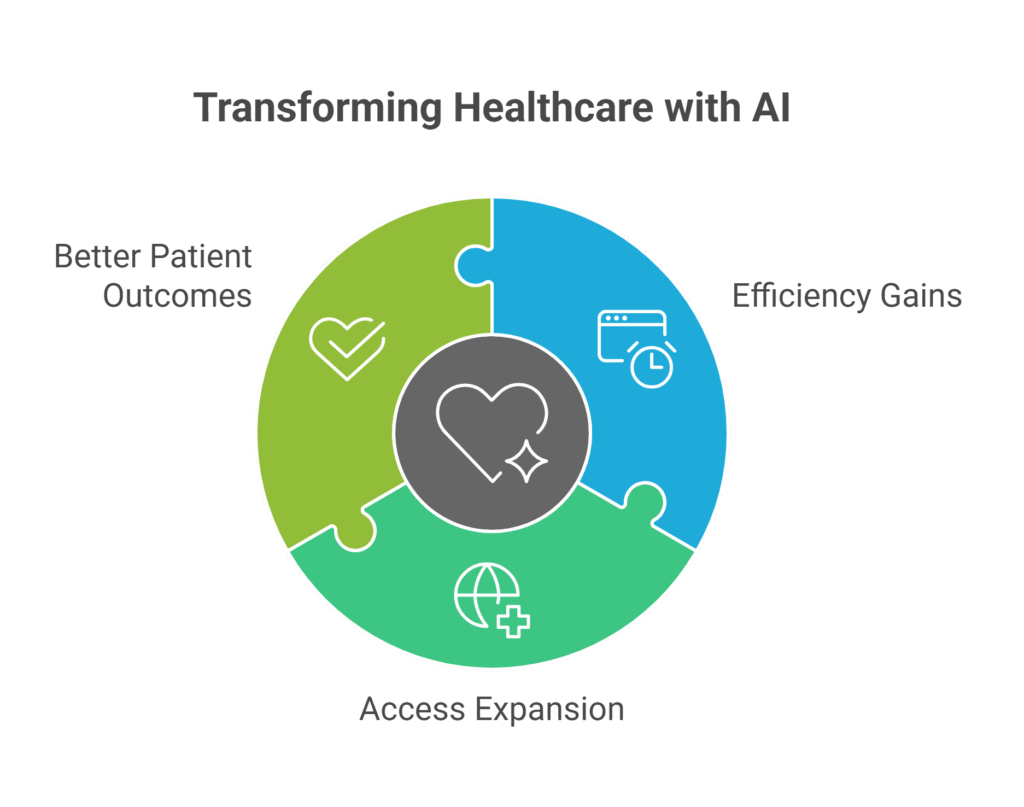
The AI-driven transformation addresses core healthcare challenges:
- Efficiency Gains: AI automates repetitive tasks such as image segmentation and reporting, freeing specialists to focus on complex cases. Real-time AI guidance during therapy reduces procedure durations and lowers complication rates, improving throughput in busy clinical settings.
- Access Expansion: AI-powered medical imaging portable devices and telemedicine platforms extend diagnostic and therapeutic capabilities to underserved rural and remote communities, breaking geographic barriers to quality care.
- Better Patient Outcomes: Early and accurate disease detection enables timely interventions, which, combined with AI-augmented precision therapies, results in higher cure rates, fewer side effects, and enhanced patient satisfaction.
Pioneers like Siemens Healthineers and Philips are spearheading these innovations through sustained R&D investment and strategic collaborations with hospitals and governments to ensure broad adoption. Their leadership reinforces the critical role of AI in shaping future diagnostic and therapeutic paradigms.
Challenges and Future Outlook
While promising, AI integration demands robust clinician training, transparent algorithm validation, strict data privacy safeguards, and seamless interoperability with existing hospital systems. Continuous monitoring and quality assurance are essential to maintaining patient safety and therapeutic efficacy.
Looking ahead, the synergy of AI-powered diagnostics and image-guided therapy will deepen. Advances in multi-modal data fusion, including genetics and electronic health records, will enable more personalised treatments. The incorporation of robotics and augmented reality with AI-guided imaging is anticipated to further refine surgical precision and patient outcomes.
Artificial intelligence is powering a new era in diagnostics and image-guided therapy. From early detection to precision care, healthcare leaders and innovators are driving a transformation that promises greater efficiency, expanded access, and improved patient lives. With continued investment, collaboration, and focus on integration, the potential of AI-powered medical imaging is vast, poised to become the backbone of modern medicine’s next chapter.







